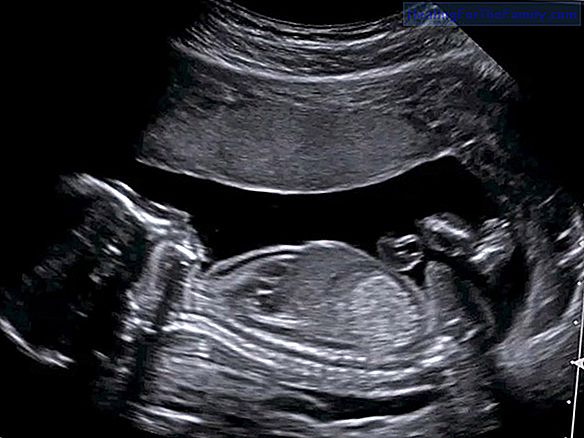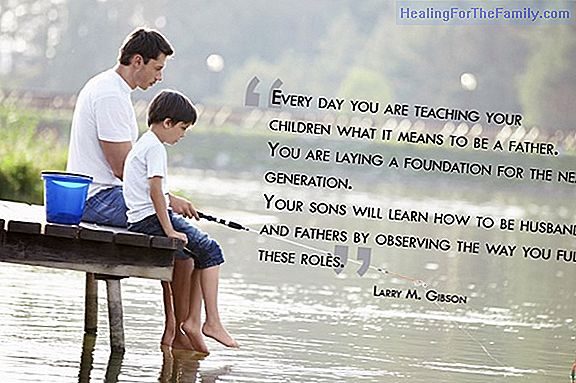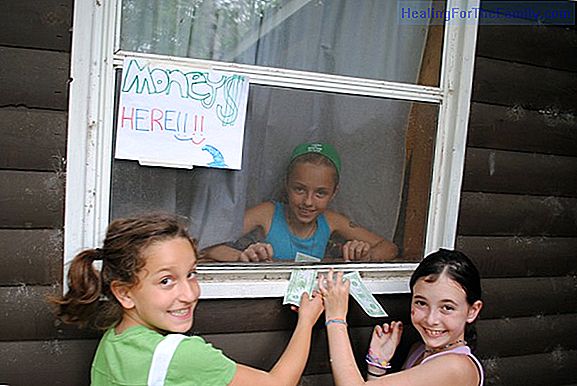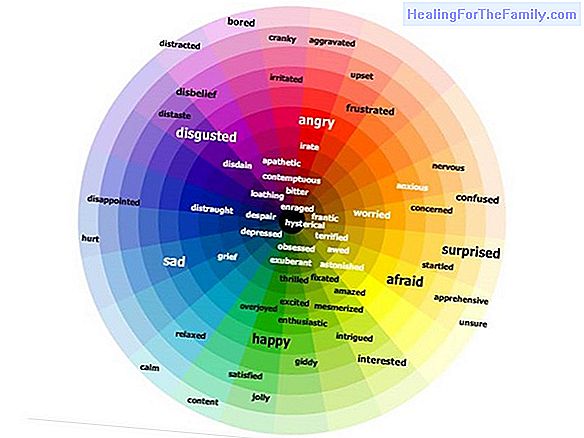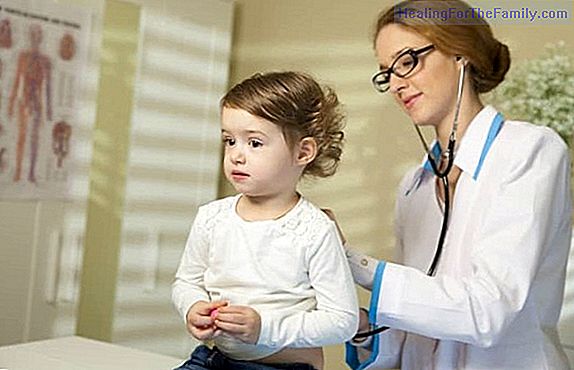Ondine syndrome: babies who can die while sleeping
Ondine syndrome is a rare disease that causes babies who suffer from it to not breathe properly while they are asleep. This condition, also known as Central Congenital Hyperventilation, is genetic and produced by the mutation of a gene. It affects one in every 200,000 live births and causes babies a
Ondine syndrome is a rare disease that causes babies who suffer from it to not breathe properly while they are asleep. This condition, also known as Central Congenital Hyperventilation, is genetic and produced by the mutation of a gene. It affects one in every 200,000 live births and causes babies and children who suffer it to have to spend the night connected to a respirator. And, otherwise, babies affected by Ondine Syndrome, could die while they sleep.
Its name comes from the Germanic mythology referring to the water nymph Ondina, who when finding her husband in the arms of another cursed him to not being able to sleep because if he did he could not breathe and he would die.
10 symptoms of Ondine syndrome to prevent the baby from dying while sleeping

1- Spasms of the sob: when the child cries he stops breathing for seconds, and may even change color, causing the heart to slow down heart and the loss of knowledge. This symptom disappears when the child grows up.
2- Hypoventilation: due to the alteration of the automatic control of breathing, it is carried out very slowly, sometimes even disappearing, causing apneas. This produces lack of oxygen and increase of CO2 in the blood. This symptom does not disappear with time, all patients suffer during sleep and some also when they are awake, being necessary the help of a respirator to which the patient is connected so that he can breathe.
3.- Patients suffering from Ondine syndrome do not feel the need to breathe rapidly when their body needs it for example during exercise, so they have to be watched closely to notice any alteration.
4- Bluish color of the skin due to lack of oxygen.
5- Tiredness or fatigue due to lack of restful rest.
6- Daytime sleepiness due to not resting properly during the night.
7- Headache.
8- Wake up many times during the night.
9- Swelling of ankles.
10- Alterations in the heart rhythm.
How Ondine syndrome is treated, dangerous sleep in babies
Ondine Syndrome has no cure today. It is necessary to practice a tracheotomy for children and live thanks to assisted breathing during 24 hours a day from birth, and then the number of hours that are connected to mechanical ventilation is reduced, since it reduces the hours of dream.
As a result of the hole in their throat children suffering from Ondine syndrome are prone to have more infections than other children, and have a harder time learning to speak so they require the help of speech therapists.
The basic care of the child carrying the tracheotomy includes aspiration of secretions, cleaning of the stoma and change of the cannula.
Sometimes medications are used to stimulate the respiratory system, but they do not always work
While the children are sleeping it is necessary to control the levels of carbon dioxide and their heart rate by sound or visual alarms, to avoid any failure in the respirator, so that causes their parents are always alert during the night before any incident that may occur while their children rest.


